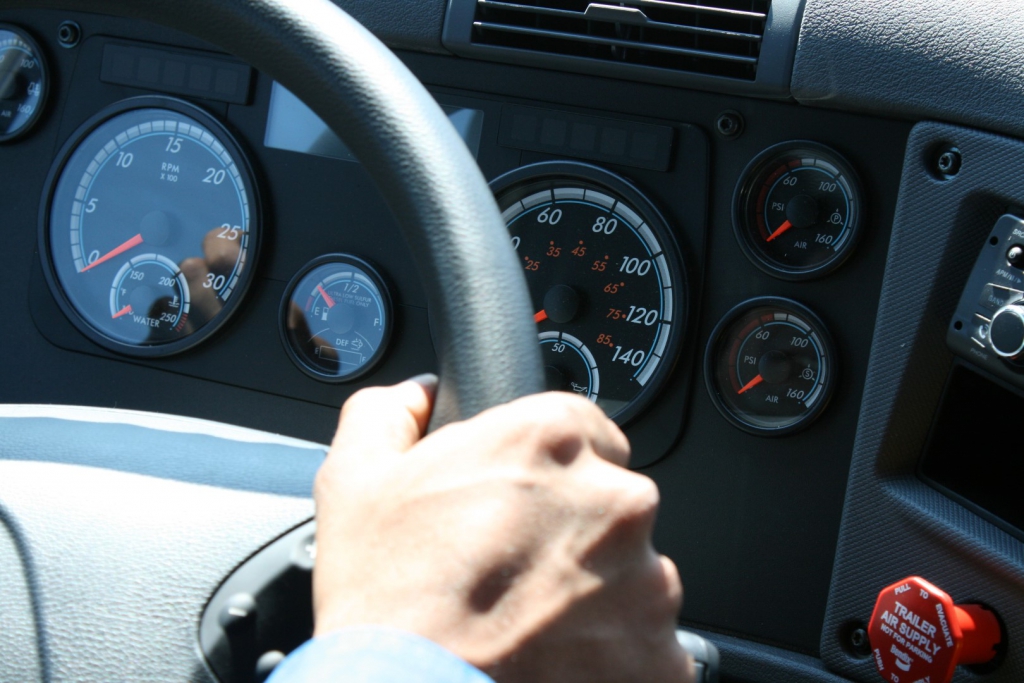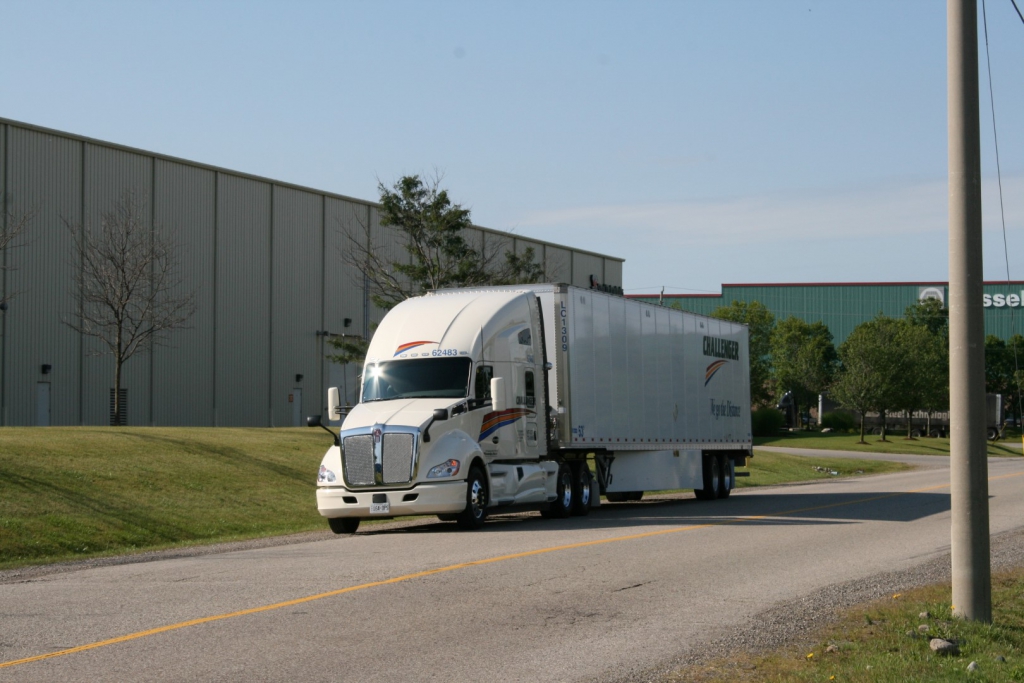 Over the past few years there have been many changes within technology geared towards improvements in fuel consumption and safety. Technology, as it relates to driver safety, has been changing at a fast pace. We have seen everything from e-logs, collision avoidance systems and driver facing cameras – all geared towards improving driver behavior. Most recently, autonomous trucks were introduced. I never thought I would see the day when trucks would drive themselves. The question becomes how do drivers accept the new technology? In conversation with many of our professionals there seems to be some acceptance and some skepticism. Most of the skepticism comes from the lack of trust that the systems will work as intended, and some of it comes from good ol’ dislike of change.
Over the past few years there have been many changes within technology geared towards improvements in fuel consumption and safety. Technology, as it relates to driver safety, has been changing at a fast pace. We have seen everything from e-logs, collision avoidance systems and driver facing cameras – all geared towards improving driver behavior. Most recently, autonomous trucks were introduced. I never thought I would see the day when trucks would drive themselves. The question becomes how do drivers accept the new technology? In conversation with many of our professionals there seems to be some acceptance and some skepticism. Most of the skepticism comes from the lack of trust that the systems will work as intended, and some of it comes from good ol’ dislike of change.
The market today is flooded with the latest and greatest safety related devices that boast improvements in drivers’ safety. The question becomes: what will have the most impact, and most acceptance within the driving force? Safety related devices must achieve the desired results, but it’s also important that they cannot impact driver retention. Perhaps some of the drivers will not embrace the new technology as it hinders their ability to operate the way they want to. Any new technology must not only improve safety, but make a driver’s life easier and safer.
In some cases, we have been early adopters of new technology on both fuel economy and safety. On the safety front, we order roll-stability-devices as standardized options on all of our new trucks, E-log’s encompass over 90% of our fleet, and we began ordering Collision mitigation systems as part of all new truck orders. These new technologies have come with lots of questions and concerns within our driving force, especially our newest advancements in Collision mitigation systems. Overall drivers may not agree with, or like e-log technology, but they understand why this technology exists and can understand the safety aspects. Therefore acceptance has been fairly good. Overall many of our drivers prefer e-log as they say it saves them time, is easier to administer the HOS rules, and there is less risk of needless tickets due to form and manner type mistakes.
 The introduction of collision mitigation systems within our fleet started with approximately 100 installed units a year ago. Challenger has an additional 400 units scheduled for the systems over the next year. These devices have three main functions: maintain a safe following distance using what I have dubbed “Smart Cruise”, audible alerts that warn drivers when there are slower moving vehicles within the immediate vicinity, and of course, the collision mitigation system that applies the brakes at 0.5 seconds of impact. It is apparent that this type of technology exists to prevent collisions, or at the least lessen the risk. Our goal with introducing the technology is to reduce the risk of rear-end collisions by improving driver behavior. Statistically, the number one cause of truck driver fatalities is rear-end collisions, and this also increases the risk of fatalities to the motoring public. As primary road users, it is our responsibility to ensure the safe movements of goods, including adapting to new technologies that assist with making this happen. We share the roads with many less skilled motorists (also known as “4-Wheelers”) that can do some enigmatic things, putting themselves at risk. Collision mitigation systems are just one more tool for our professionals to use to avoid potential collisions. Yet, it is also true that driver acceptance to this new technology has been a challenge, especially when the devices are not working as intended. So far we have been fairly successful in working through these challenges and gaining ground on driver acceptance.
The introduction of collision mitigation systems within our fleet started with approximately 100 installed units a year ago. Challenger has an additional 400 units scheduled for the systems over the next year. These devices have three main functions: maintain a safe following distance using what I have dubbed “Smart Cruise”, audible alerts that warn drivers when there are slower moving vehicles within the immediate vicinity, and of course, the collision mitigation system that applies the brakes at 0.5 seconds of impact. It is apparent that this type of technology exists to prevent collisions, or at the least lessen the risk. Our goal with introducing the technology is to reduce the risk of rear-end collisions by improving driver behavior. Statistically, the number one cause of truck driver fatalities is rear-end collisions, and this also increases the risk of fatalities to the motoring public. As primary road users, it is our responsibility to ensure the safe movements of goods, including adapting to new technologies that assist with making this happen. We share the roads with many less skilled motorists (also known as “4-Wheelers”) that can do some enigmatic things, putting themselves at risk. Collision mitigation systems are just one more tool for our professionals to use to avoid potential collisions. Yet, it is also true that driver acceptance to this new technology has been a challenge, especially when the devices are not working as intended. So far we have been fairly successful in working through these challenges and gaining ground on driver acceptance.
Driver acceptance to new technology will be the key to future successes. If drivers are not willing to accept the changing environment, carriers will be hesitant to introduce the new technology in fear of losing some or all of their driving force. One of the biggest things I have seen during our journey to gain driver acceptance to collision mitigation systems was the technology failing, or has a limitation. This provides the fuel to suggest the technology is bad or won’t work. (I personally believe that there are limitations and quirks with all technology; I still do not know why my BlackBerry decides to stop sending / receiving email and must be rebooted to work again. Does that mean there are not any advantages to using a Blackberry? Of course not; I could not live without it!) The key element to introducing new technology, or anything that will affect your driving force, for that matter, is proper communication and training. Once they understand what the device is for and how it will positively impact their day, (and the limitations it may have) the smoother the transition will be.
Steve Newton
Director of Safety
